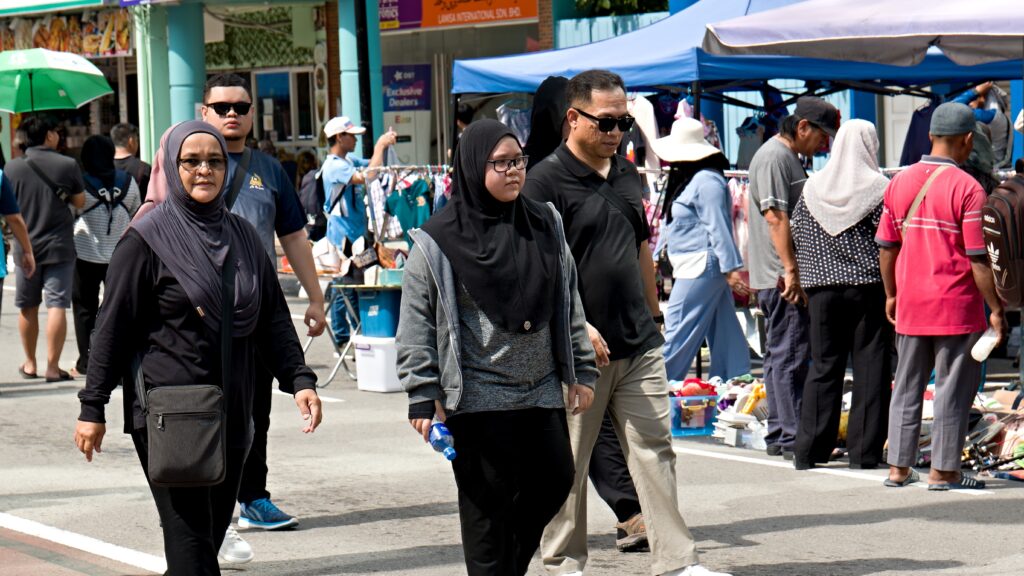
Image: Rostasedlacek / Shutterstock.com
SINGAPORE, May 15, 2024—Brunei’s economy is expected to strengthen further this year after a strong recovery in 2023, mainly supported by robust activities in the non-oil & gas sector. The downstream O&G industry is expected to remain supportive of growth, given the planned diversification into new products. In the oil and gas (O&G) sector, despite challenges in ongoing O&G rejuvenation efforts, activities are expected to turn around and result in an improved production in the near term. The government remains committed to accelerating the diversification toward less carbon intensive industries and making the economy more resilient.
These conclusions are highlighted in the 2023 Annual Consultation Report on Brunei Darussalam published by the ASEAN+3 Macroeconomic Research Office (AMRO) today. The report is based on AMRO’s Annual Consultation Visit to Brunei Darussalam in November 2023, and data and information available up to February 29, 2024.
Economic developments and outlook
Brunei’s economy expanded by 1.4 percent in 2023, and growth is expected to strengthen to 2.7 percent this year, as exploration and development activities in offshore O&G fields gather pace. Encouragingly, the non-O&G sector is expected to continue to lead the economic recovery, driven by the expansion in the downstream activities, agri-food, transportation, and tourism sectors.
Inflationary pressures have eased, reflecting lower commodity prices and the normalization of supply chains following the pandemic. While headline inflation decelerated sharply to 0.4 percent in 2023, food inflation remained higher than pre-pandemic levels, driven mainly by cereals, meat, and dairy produce. This would have direct knock-on effects on prices of feedstocks, translating to higher domestic cost pressures. Headline inflation is projected to increase to 1.4 percent this year. The Currency Interchangeability Agreement (CIA) with Singapore as well as administered prices and subsidies remain appropriate in fostering price stability. These have helped anchor macroeconomic stability in Brunei.
The external position remains strong, with a sustained surplus in the balance of payments (BOP) in 2022. The positive BOP reflects the widening of the current account surplus to 19.6 percent of GDP in 2022, largely attributed to the surge in energy prices following the outbreak of the war in Ukraine, which offset the lower volume of exports. In 2023, the current account surplus is expected to be sustained, albeit narrowing to 16.0 percent of GDP, due to lower production, and the generally soft external demand.
On the fiscal front, higher O&G revenue has helped to improve the fiscal position, with a better-than-expected budget surplus of 1.3 percent of GDP in FY2022. The overall fiscal position is estimated to weaken to a deficit of around 9.8 percent of GDP in FY2023, mainly on account of lower oil prices relative to the previous year.
Risks, vulnerabilities and challenges
Risks and challenges confronting Brunei mainly stem from a worsening external environment. A sharp decline in global energy prices and a recession in Brunei’s major trading partners are deemed as tail risks that could derail Brunei’s growth prospects, strain the external balance, and weaken the fiscal position. In addition to risks arising from climate change transition, other longer-term challenges include a potential setback to economic diversification as some growth engines, such as the tourism sector, could take longer to recover from the COVID-19 pandemic.
Policy recommendations
Given the high dependence of the fiscal position on global fuel prices which have been volatile, the authorities are encouraged to take a longer-term perspective in managing Brunei’s fiscal position. Anchoring long-term fiscal sustainability remains a key priority. The authorities are encouraged to further strengthen the public financial management system, which would pave the way for the adoption of credible medium-term fiscal frameworks to guide future fiscal policy. The authorities are also encouraged to undertake necessary preparations, including strengthening of capacity, to carry out planned revenue and expenditure reforms.
In the financial sector, it would be prudent to strengthen financial surveillance and risk monitoring, particularly on financial institutions’ cross-border lending and exposures to market risks. On the regulatory front, proactive steps undertaken by the authorities to enhance the regulatory framework, such as the introduction of liquidity risk management guidelines and liquidity coverage ratio framework, are welcomed.
While notable progress has been made to diversify the economy into the non-O&G sector, particularly the downstream sector, greater efforts should be made to develop other priority sectors, including food, tourism, and information and communication technology. It is also important for the authorities to address structural challenges in the labor market, as well as to enhance the capacity of micro, small, and medium enterprises (MSMEs) to adapt to an evolving market landscape.
While comprehensive plans and performance indicators have been identified to achieve the national climate objectives by 2035, more efforts are warranted to realize the ambitious net zero target. The energy sector—the largest source of carbon emissions—can leverage on mitigation technologies to reduce carbon emission, while fostering a more sustainable energy future.
About AMRO
The ASEAN+3 Macroeconomic Research Office (AMRO) is an international organization established to contribute toward securing macroeconomic and financial resilience and stability of the ASEAN+3 region, comprising 10 members of the Association of Southeast Asian Nations (ASEAN) and China; Hong Kong, China; Japan; and Korea. AMRO’s mandate is to conduct macroeconomic surveillance, support regional financial arrangements, and provide technical assistance to the members. In addition, AMRO also serves as a regional knowledge hub and provides support to ASEAN+3 financial cooperation.
About AMRO’s Annual Consultation Report
The Annual Consultation Report was prepared in fulfillment of AMRO’s mandate. AMRO is committed to monitoring, analyzing, and reporting to its members on their macroeconomic status and financial soundness. AMRO also helps identify relevant risks and vulnerabilities, and assists members, if requested, in the timely formulation of policy recommendations to mitigate such risks.
